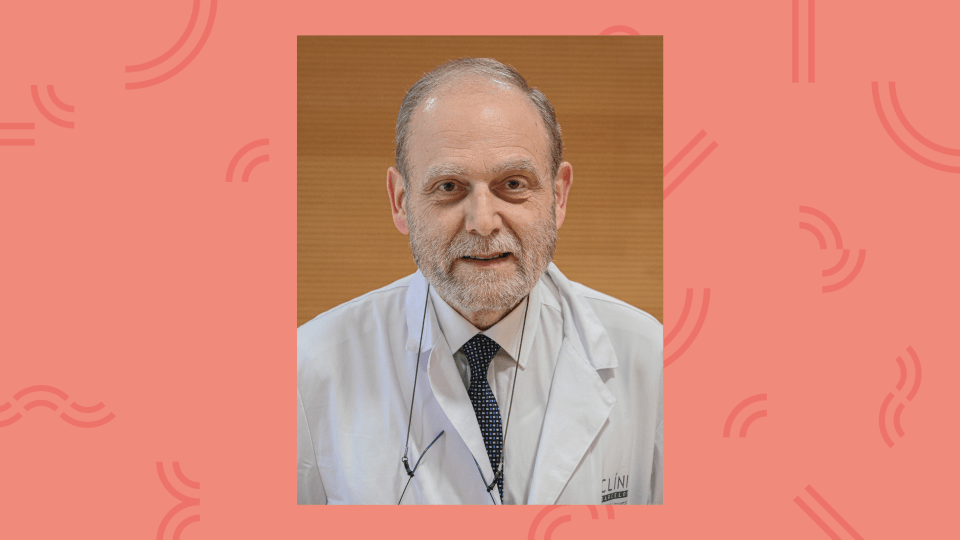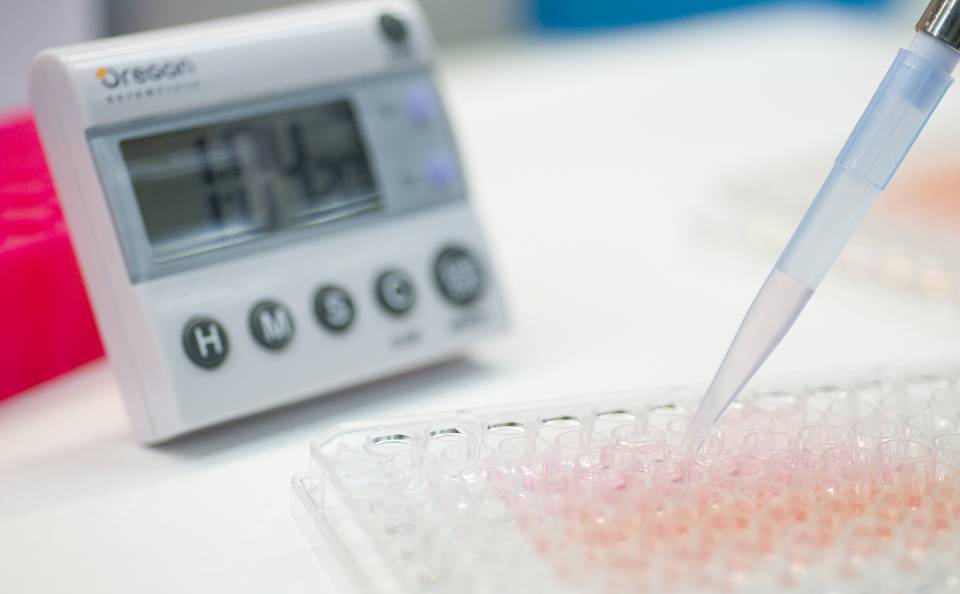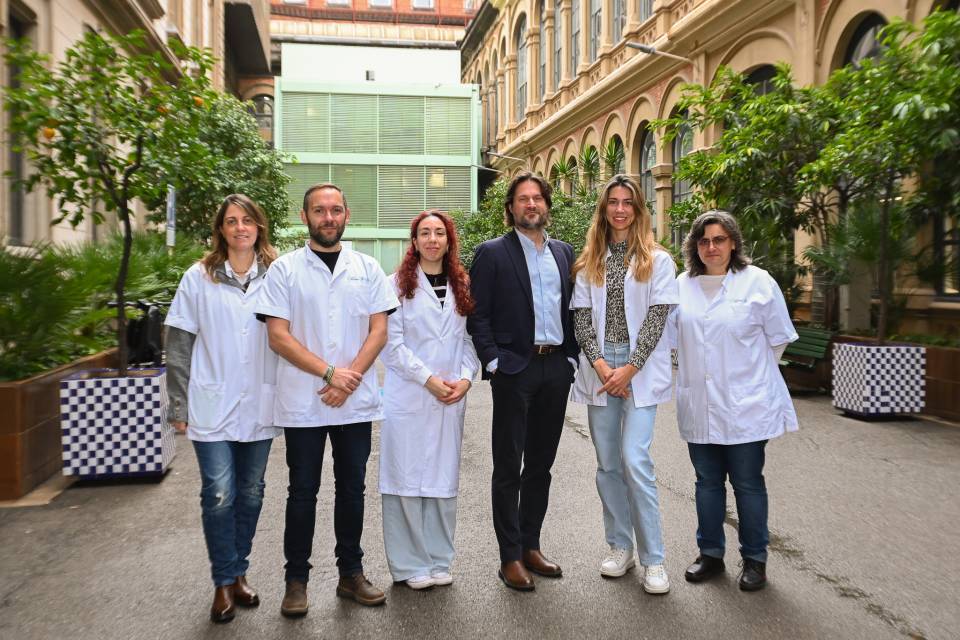Human embryonic stem cells (known as hESCs) can form cells of all tissues and organs in the human body. They are therefore subject to intense research for their potential use in generating healthy cells that replace diseased cells.
In Duchenne and Becker muscular dystrophies, rare diseases that begin in childhood, the muscles are not only more fragile, but are unable to generate new tissue to replace damaged cells, resulting in progressive muscle destruction. Studies already published in mouse models of Duchenne disease have shown that intramuscular injection of hESCs improves the repair of dystrophic muscle. However, the efficiency of these cells to form new muscle fibres is limited.
Led by Chiara Ninfali, a researcher in the IDIBAPS group Gene regulation in stem cells, cell plasticity, differentiation and cancer, and published in the journal Cell Reports, the study examined how levels of the ZEB1 and ZEB2 proteins regulate the formation of new muscle from hESCs in mouse models of this disease.
Without the ZEB1 protein, human embryonic stem cells do not generate muscle
The study reveals that ZEB1 is essential for hESCs to form muscle, since when ZEB1 is eliminated, hESCs do not generate muscle cells, but neural cells instead. On the contrary, ZEB2 regulates the formation of neural cells, and when ZEB2 is eliminated, hESCs do not generate neural cells, but muscle cells.
“The results achieved demonstrate that ZEB1 expression is necessary for hESCs to repair muscle in mouse models of muscular dystrophy. The work reveals the key role of the ZEB1 and ZEB2 proteins and may open new strategies in the treatment of muscular dystrophies”, Chiara Ninfali and Laura Siles explain.
The study has been funded by various agencies, mainly by the Spain Duchenne Parent Project Association and the Government of Catalonia’s Agency for the Management of University and Research Grants (AGAUR).
Study reference:
Chiara Ninfali, Laura Siles, et al. The mesodermal and myogenic specification of hESCs depend on ZEB1 and are inhibited by ZEB2. Cell Reports 2023 Oct 10; 42(10):113222. DOI: 10.1016/j.celrep.2023.113222




